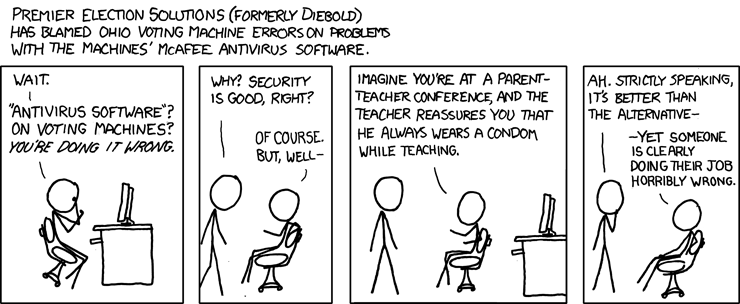A few weeks ago a trio of publicly traded US companies announced their quarterly results, and if you'll recall, they were not stellar. All three lost millions of dollars in spectacular style. At the time, I wondered whether public digital signage companies were somehow
required to lose money.
Well, apparently that's not the case, as some other digital signage companies recently posted Q2 results and other announcements. Though trading on US exchanges, the companies this week were all Chinese, and doing business on the mainland. Consequently, they've been able to take advantage of China's strong economy and new appetite for consumerism to drive growth. The first was AirMedia, which
announced that:
Total revenues increased 251.6% year-over-year and 37.9% sequentially to US$29.8 million; -- Revenues from digital frames in airports for the second quarter of 2008 grew 63.4% sequentially to US$11.0 million. Revenues from digital frames in airports was nil in the same period one year ago; -- Net income increased 241.8% year-over-year and 0.7% sequentially to US$7.3 million.
Net income of $7.3M on revenues of $29.8M translates to margins of over 24%, which would make most Fortune 500s -- let alone the handful of unprofitable US digital signage guys -- green with envy. Next comes one of my favorites, Focus Media China, who announced that:
Total advertising revenue from our digital out-of-home advertising reached $135 million in the second quarter of 2008, up 76.2% as compared to $76.9 million in the second quarter of 2007 and 24.4% sequentially.
Within our digital out-of-home advertising business, the revenue from our commercial location network in the second quarter was $81.1 million, up 58.9% year over year and 29.9% quarter over quarter. The revenue from our in-store network was $17 million, up 135% year over year but down slightly due to our continuing effort to optimize the combined in-store network coverage during the integration of CGEN acquisitions. The revenue from our poster frame network in the second quarter was $37.3 million, up 101.2% year over year and 27.9% quarter over quarter. The commercial location network, in-store network, and poster frame network contributed 59.9%, 12.6%, and 27.5% of the total digital out-of-home advertising revenue in the second quarter respectively.
Not satisfied with mere double-digit growth, Focus Media shows that digital signage really is an emerging medium, and perhaps, just maybe, that whole notion of hockey stick growth has some legs under it. Maybe not in the US market, mind you, but elsewhere? Sure. Lastly, Vision China, who
announced their quarterly results last month (noting that they had revenues of CNY 1.6 billion in their LED billboard advertising market, representing growth of 69.6% over the period last year) decided to up the ante, and taking advantage of their recent successes just
raised $101.2 million via an additional offering of 6.325 million shares at a price of $16 apiece. Needless to say, those LED billbards are pretty darned expensive, so the $100 million will go a long way towards helping the firm plaster major Chinese cities with outdoor digital billboards.
So is it US versus Chinese market conditions that are enabling these Chinese firms to kick butt while their US counterparts languish? Or is it the business model -- after all, Focus and Vision are more akin to ClearChannel than Wireless Ronin, and their market caps and profitability ratios reflect that. Or, maybe it's better management teams, better planning and better execution.
My guess would be that all three factors are in play. And while some are fixed and immutable as far as these companies are concerned (e.g. larger macroeconomic conditions), others should be more fixable. We'll see if any of that holds true next quarter, when the next round of results are announced.
Tags:
digital signage,
business,
advertising


 It looks like LevelVision and Met|Hodder have teamed up to produce some best practices for digital signage (with a specific emphasis on LevelVision's fairly unique 4-pane digital floor mat thingies. While the information on their site seems to be geared towards their screens in college book stores, most of their recommendations easily extend into other venues, and, more importantly, other forms of in-store digital signage. For example, have a look at their
It looks like LevelVision and Met|Hodder have teamed up to produce some best practices for digital signage (with a specific emphasis on LevelVision's fairly unique 4-pane digital floor mat thingies. While the information on their site seems to be geared towards their screens in college book stores, most of their recommendations easily extend into other venues, and, more importantly, other forms of in-store digital signage. For example, have a look at their  Subscribe to this blog
Subscribe to this blog Follow Bill Gerba on Twitter
Follow Bill Gerba on Twitter